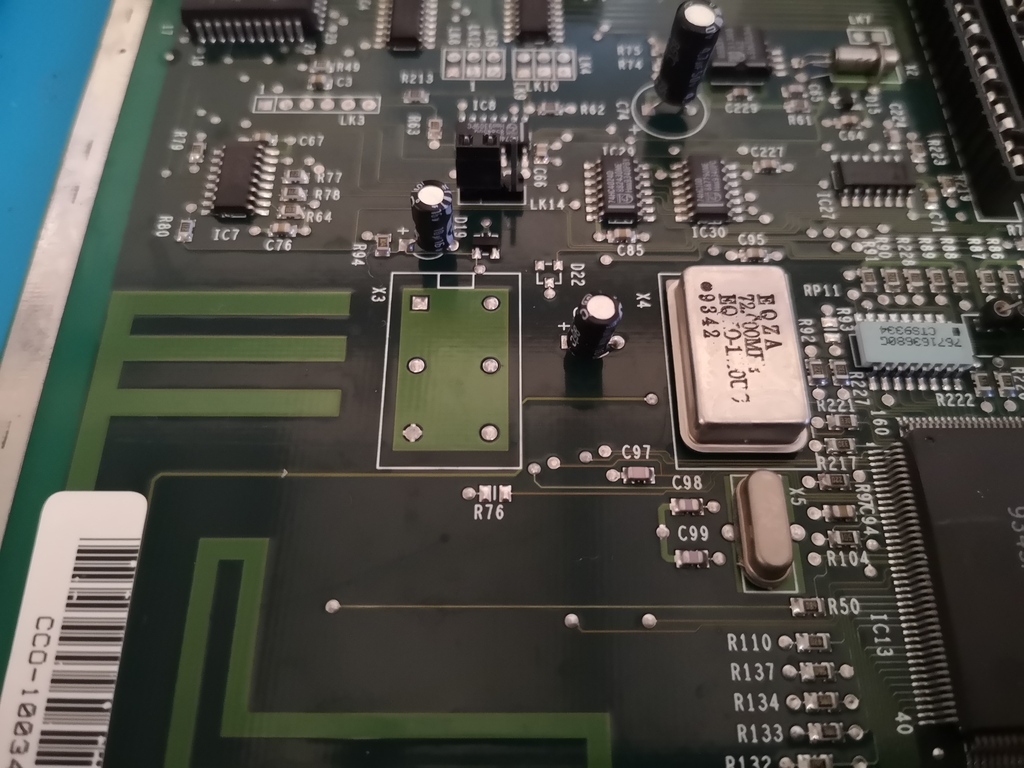Yes, I've had that too on an Acorn A3020 (battery leakage)

Upgrading My Acorn A3010
Upgrading My Acorn A3010 I also made this page, to help someone install the DualClock board in their A3010. Background and Repair Battery damage repairs – Thankfully the floppy port was OK I …
 elephantandchicken.co.uk
elephantandchicken.co.uk
I know how that feels too. This isn't the worst one that I've worked on, just the only one I've documented.
Wise words. They're horrible to read and do contain errors.I'm not 100% confident with the Bomark schematics.
I have a dead and a mostly working cx in the house, shout if you're stuck on whether a specific pair of pins are connected, send me the parts and pins and I'll check if they beep through. The non-functional board is just sat on the side in the other room, I wouldn't trust it as glass case because I haven't even started repairing it yet and... well, it has worse damage than yours
Last edited:
